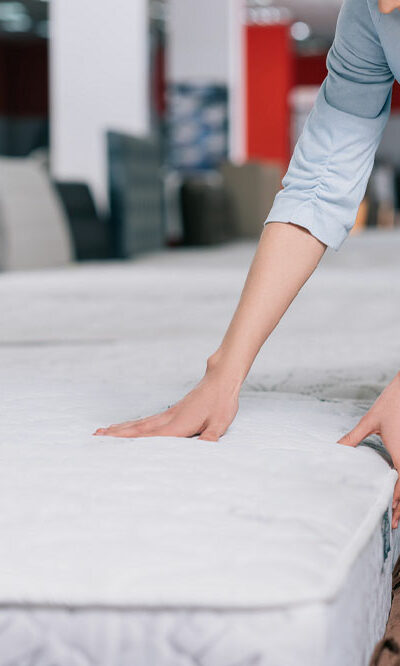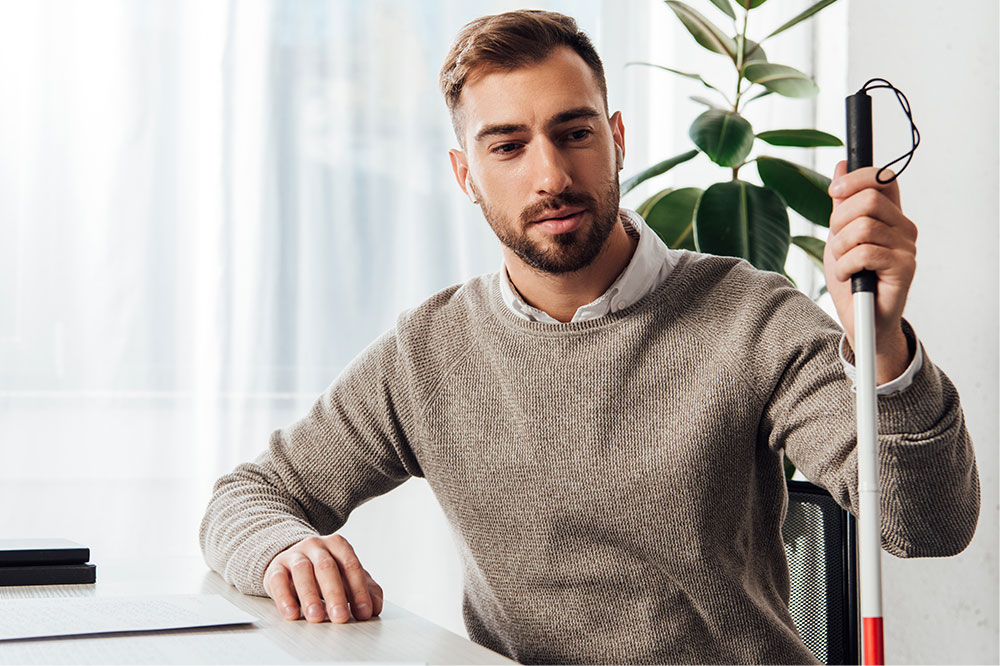Quick guide to choosing the right school furniture

A school needs to create a positive environment so that its support staff, administrators, teachers, and the students of each grade give their best. One way to achieve that is to provide the right utilities in common areas like the cafeteria and library. Those in charge of furniture must check whether everything is in place before children return to campus. Here’s a quick guide to choosing the right furniture for various areas of the school.
Hallways
Students of every grade constantly access a school’s hallways throughout the academic year, so those in charge must ensure the following:
– Long-lasting, durable lockers must be installed to ensure students’ belongings, such as their backpacks, are safe.
– Clocks should be placed in strategic places so that staff and students can track the time.
– Bulletin boards with enclosures could help display school announcements, posters, and other important information.
– Installation of exit signs could ensure the smooth and orderly flow of foot traffic, which is significantly useful in the dark.
– One should install holders for fire extinguishers, which serve as a defensive tool in case a fire breaks out in the hallway or other areas of the school.
Classrooms
Classrooms are where students spend most of their day. The most common types of furniture that go here include the following:
– Simple classroom tables are best suited for small groups to read and write. Foldable and height-adjustable ones are also options one could consider.
– One could also get chairs that are functional in nature, ergonomically designed to be comfortable, and tailored with the age of the student in mind.
– Erasable whiteboards are a must as they make it easy for teachers to write down instructions or other reading material important for a student’s growth.
– One could build audio-visual carts to keep associated equipment safe and secure. The carts will also make it easy to move the items around with ease.
– If the classroom is designed to serve as a lab, those in charge of school utilities should purchase and place relevant science and lab-centric furniture so that students have no trouble conducting experiments associated with their academic schedule.
Cafeterias
A cafeteria must have various types of furniture so that students, teachers, and other staff can enjoy their meals. Here are a few tips:
– Tables in the cafeteria must be large to accommodate many people. Hard surfaces, such as metal and plastic and particle boards with a protective finish, are some of the easiest to wipe down and sanitize. The tables and chairs must be easy to clean as the janitorial staff will need to deal with them every day.
– One can consider getting stackable chairs to help make storage and transportation easy.
– There should be designated garbage and recycling areas to keep insects, odors, and rodents away and maintain a hygienic environment.
– Installing portable sinks and handwashing stations will help students eat meals with clean hands.
– A bottle filling station will help reduce waste concerning single-use plastic consumption. It could also help students, teachers, and other staff stay hydrated throughout the day.
Outdoor amenities for recreation
When setting up furniture in a school, the management must also think about the amenities required outdoors for playtime and recreation. Some examples are discussed below:
– Installing seating and eating areas that are comfortable and functional will create a less stressful educational environment. Students, staff, and visitors could sit and eat, work, or rest in these spaces.
– Trash receptacles must be placed in multiple places around the campus so that insects and rodents stay away and the area remains sanitized.
– Like the cafeteria, one can set up bottle-filling stations outdoors to keep children hydrated, especially on a hot summer day.
– Installing bike racks will keep students’ and other staff members’ bicycles secured and safe. One could consider various types of bike racks. These could include vertical or tiered options with capacities from 2 to 20 bicycles each.
– The playground will require various elements to make it more interactive. This could include overhead climbing systems, such as monkey bars and horizontal or vertical climbers. An obstacle course could also be installed so that teachers could teach children various lessons associated with team building and improve their critical thinking skills and agility.
Parking lots
All parking lots or pick-up/drop-off lines must have furniture and amenities to ensure the safety of each individual in the area. Here’s what the school can consider:
– One could customize the parking lot with stencils to guide vehicles as they move in. It is also easy to repaint the area with stencils when the signs fade or draw them again after repaving the area.
– The implementation of delineator posts can help create temporary regions for traffic and pedestrian control during peak hours (in the morning or afternoon) or special events.
– Installing traffic signs will help mark traffic patterns and help keep vehicles and foot traffic moving in an orderly manner.
– Traffic cones are best suited for quick deployment when one needs to control foot or vehicle traffic.
Apart from these furniture implementations in the parking lot, one should organize security training for staff and volunteers to help students move in and out of campus while being as safe as possible.






